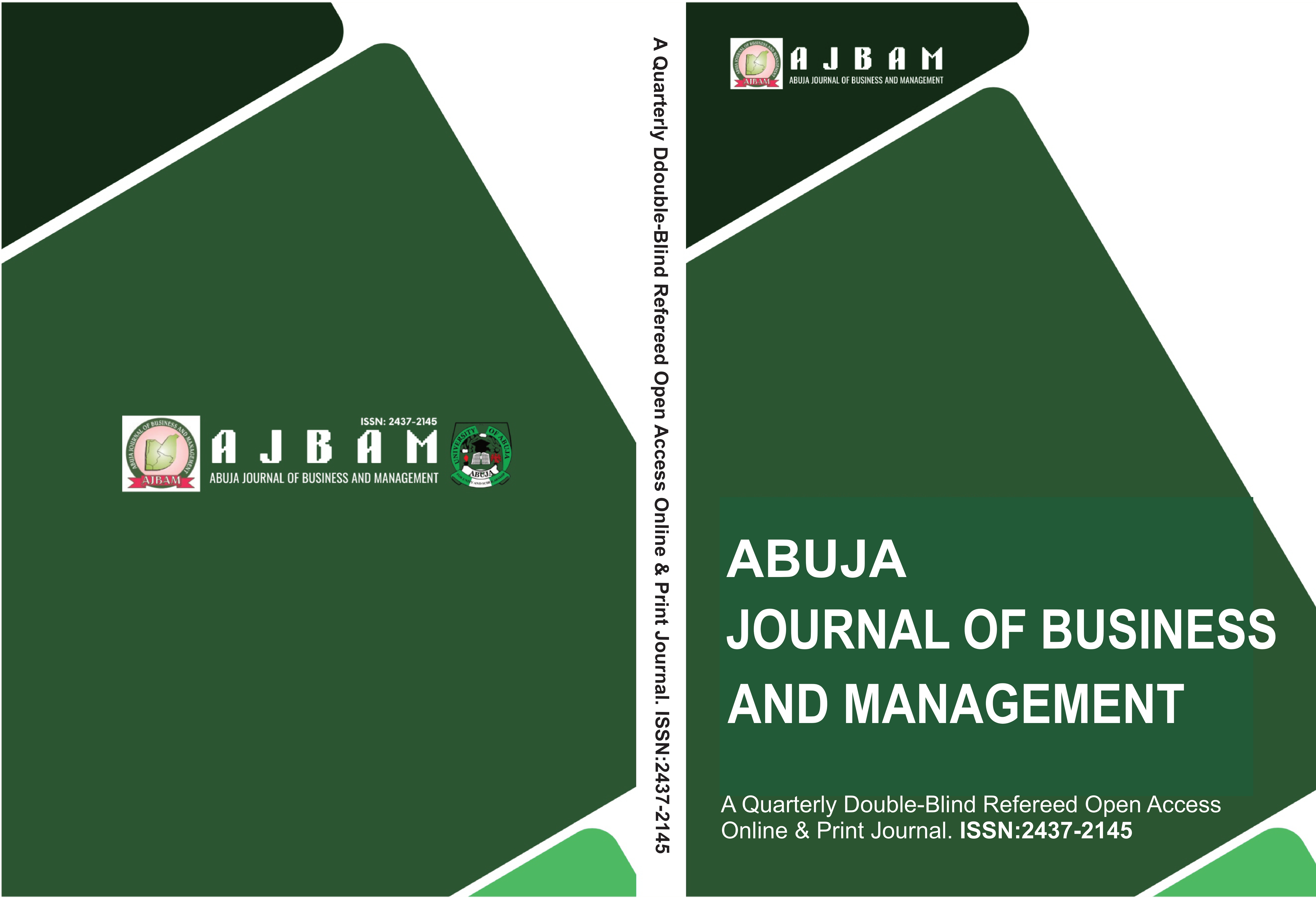MODELING A CLOSED LOOP SUPPLY CHAIN NETWORK DESIGN FOR A NIGERIAN MANUFACTURING PET BOTTLE WASTE FIRM
DOI:
https://doi.org/10.70118/ajbam-01-2025-99Keywords:
CLSC, MILP, Polyethylene Terephthalate (PET).Abstract
The objective of this research is to develop a multi-stage closed loop supply chain (CLSC) optimization model with the goal of minimizing overall costs within the supply chain (SC) network. Additionally, the model will handle facility location and product allocation in both forward and backward flows. As part of the process of developing the CLSC mathematical model for a beverage manufacturing company that uses polyethylene terephthalate (PET) for product packaging, a multi-stage mixed integer programming (MILP) approach is applied. According to the findings of the models that were developed, the establishment of the distribution of facilities and the flow of materials throughout the whole supply chain network can be accomplished at lower costs. This is confirmed by the fact that the overall costs are reduced. The findings point to the optimal overall cost of the network, which takes into account the expenses of the forward and backward flow of activities with this supply chain network. In addition, the findings provide information regarding the number of facilities that will be utilized, the facilities that will be established, and the quantity of things that will be transferred between facilities between each interval. Comprehensive sensitivity analysis and scenario optimizations are carried out in order to investigate the influence that shifts in demand, capacity, and reversal rates have on the overall cost of the CLSC network. As a result, it is recommended to make use of scientific approaches for the design and management of the CLSC in order to guarantee the coordination of operations within the supply chain network.
Downloads
Published
Issue
Section
License
Copyright (c) 2025 Martins EHICHOYA, Elvis Uhunoma OSARIEMEN (Author)

This work is licensed under a Creative Commons Attribution 4.0 International License.
Authors retain copyright and grant the journal right of first publication with the work simultaneously. This work is licensed under Creative Commons Attribution 4.0 International



